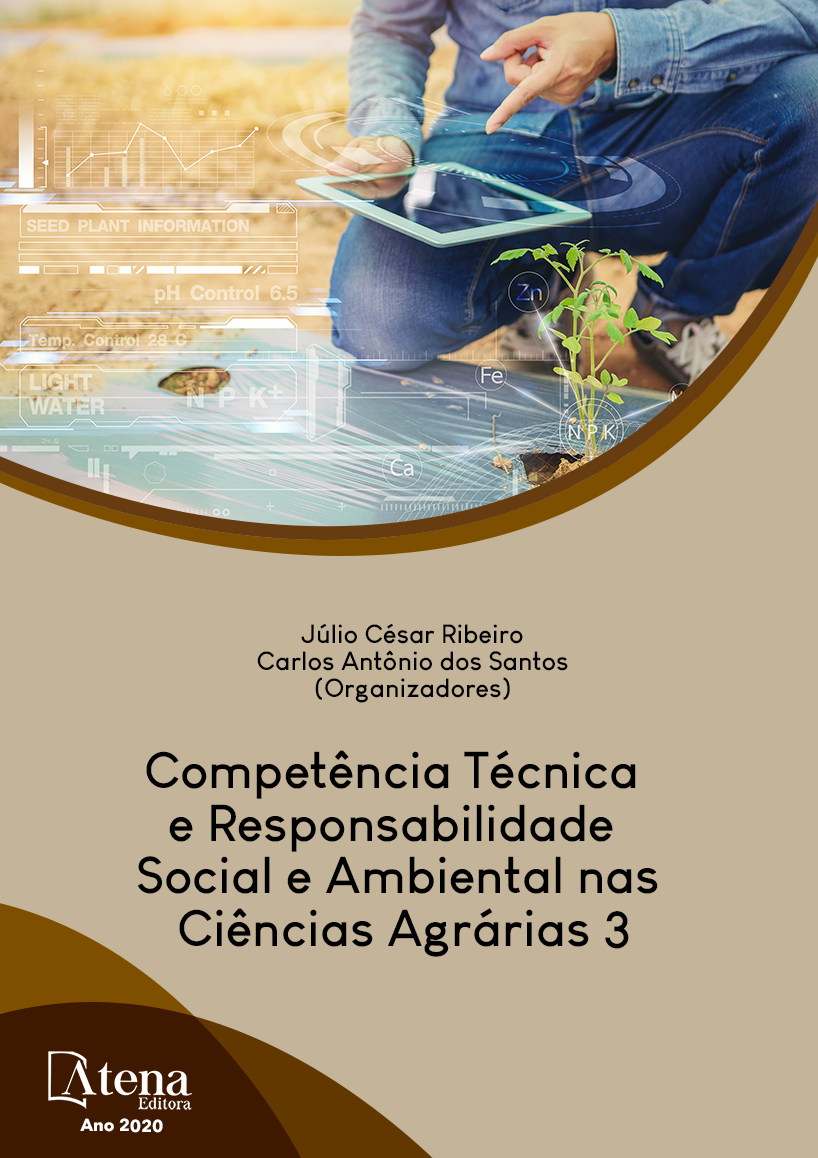
DESIDRATAÇÃO OSMÓTICA DA MAÇÃ EMPREGANDO ENERGIA ULTRASSÔNICA
O desperdício de frutas é comum
durante o período pós-colheita, especialmente
aqueles que possuem alto teor de água, como as
maçãs. Portanto, é importante usar alternativas
tecnológicas que promovam o aumento do
prazo de validade desses alimentos. Uma
dessas tecnologias é a desidratação osmótica,
que reduz o conteúdo de água dos alimentos
através de uma solução hipertônica, onde a
fruta perde água para a solução e o soluto se
difunde nela. Juntamente com esta técnica,
pode ser utilizado o ultrassom, que por meio de
ondas ultrassônicas, acelera a saída de água da
fruta. Assim, o objetivo deste trabalho foi avaliar
a desidratação osmótica da maçã, utilizando a
tecnologia ultrassônica. Inicialmente, as maçãs
foram higienizadas, descascadas e cortadas
para um tamanho de 1 cm3. Posteriormente,
foram submetidos a tratamento osmótico,
utilizando uma sequência de delineamentos
experimentais, a fim de verificar a influência da
concentração da solução osmótica e do tempo
de imersão na redução da umidade dos frutos.
A sacarose foi utilizada como agente osmótico
e a relação fruto: xarope foi de 1: 2. O processo
de osmose foi avaliado em função da redução
da umidade. Os resultados dos testes com
ultrassom mostraram uma redução no teor de
umidade de 91,48 ± 0,84%, da fruta fresca
para 61,90 ± 3,84%, na condição com maior
porcentagem de sacarose (60%), e menor
tempo de contato (45 minutos). Portanto, concluiu-se que a concentração da solução
osmótica foi a variável que teve maior influência na desidratação osmótica da maçã
quando submetida ao processo de ultrassom.
DESIDRATAÇÃO OSMÓTICA DA MAÇÃ EMPREGANDO ENERGIA ULTRASSÔNICA
-
DOI: 10.22533/at.ed.43120220116
-
Palavras-chave: Malus domestica, umidade, ultrassom.
-
Keywords: Malus Domestica, moisture, osmosis
-
Abstract:
Fruit waste is common during the postharvest period, especially those
with a high water content, such as apples. Therefore, it is important to use technological
alternatives that promote the longer shelf life of these foods. One such technology is
osmotic dehydration, which reduces the water content of foods through a hypertonic
solution, where the fruit loses water to the solution and the solute diffuses into it. Along
with this technique, ultrasound can be used, which by means of ultrasonic waves,
accelerates the outflow of water from the fruit. In this context, the objective of this work
was to evaluate the osmotic dehydration of the apple, using the ultrasonic technology.
Initially, the apples were sanitized, peeled and cut to a size of 1 cm3. Subsequently,
they were submitted to osmotic treatment, using a sequence of experimental designs,
in order to verify the influence of osmotic solution concentration and immersion time
on the reduction of fruit moisture. Sucrose was used as osmotic agent and the fruit:
syrup ratio was 1: 2. The osmosis process was evaluated as a function of moisture
reduction. The results of the ultrasound tests showed a reduction in moisture content
of 91.48 ± 0.84%, from fresh fruit to 61.90 ± 3.84%, in the condition with the highest
sucrose percentage (60%), and shortest contact time (45 minutes). Therefore, it was
concluded that the concentration of osmotic solution was the variable that had the
greatest influence on apple osmotic dehydration when submitted to ultrasound process.
-
Número de páginas: 9
- Jakeline Dionizio Ferreira
- Gabrielly Assunção Félix dos Santos
- Sumária Sousa e Silva
- Juliana Maria de Paula
- Claudinéia Aparecida Queli Geraldi
- Sumaya Ferreira Guedes
- Raquel Aparecida Loss


